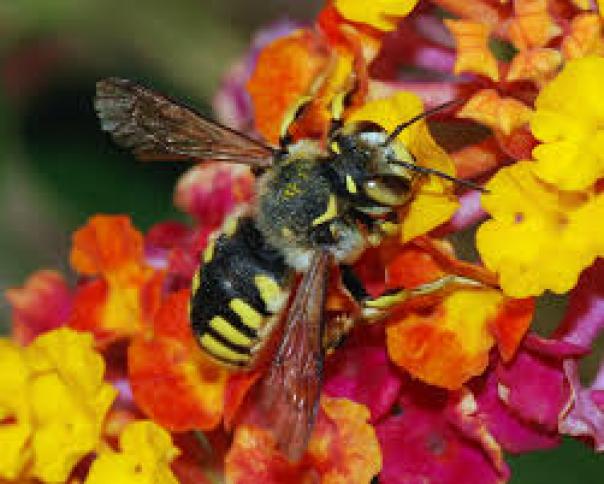
The warning was issued by the Food and Agriculture Organisation after scientists found evidence that the natural support systems are deteriorating around the world as farms, cities and factories ‘gobble up’ land and pump out chemicals.
Over the last two decades, approximately 20% of the earth’s vegetated surface has become less productive, said the report.
“The foundations of our food systems are being undermined,” wrote Graziano da Silva, the director general of the Food and Agriculture Organisation, in an introduction to the study.
“Parts of the global report make sombre reading. It is deeply concerning that in so many production systems in so many countries, biodiversity for food and agriculture and the ecosystem services it provides are reported to be in decline.”
It noted a ‘debilitating’ loss of soil biodiversity, forests, grasslands, coral reefs, mangroves, seagrass beds and genetic diversity in crop and livestock species.
In the oceans, it said that a third of fishing areas are being overharvested.
Many species that are indirectly involved in food production, such as birds that eat crop pests and mangrove trees that help to purify water, are less abundant than in the past, said the study.
It found 63% of plants, 11% of birds, and 5% of fish and fungi were in decline.
Pollinators, which provide services to three-quarters of the world’s crops, are under threat. As well as the documented decline of bees and other insects, the report noted that 17% of vertebrate pollinators, such as bats and birds, were threatened with extinction.
Once lost, the species that are critical to our food systems cannot be recovered, it said: “This places the future of our food and the environment under severe threat.”
Most countries said the main driver for biodiversity loss was land conversion, as forests were cut down for farm fields, and meadows covered in concrete for cities, factories and roads.
Other causes included overexploitation of water supplies, pollution, over-harvesting, the spread of invasive species and climate change.
The trend is towards uniformity. Although the world is producing more food than in the past, it is relying on ever-expanding monocultures.
Two-thirds of crop production comes from just nine species (sugar cane, maize, rice, wheat, potatoes, soybeans, oil-palm fruit, sugar beet and cassava), while many of the remaining cultivated plant species are in decline and wild food sources are becoming harder to find.
Although consumers did not yet notice any impact when they went shopping, the authors said that could change.
As examples, the report noted how overdependence on a narrow range of species was a major factor in the famine caused by potato blight in Ireland in the 1840s, cereal crop failures in the US in the 20th century, and losses of taro production in Samoa in the 1990s.
The report also found evidence that attitudes and practices were slowly changing. There has been a greater uptake in sustainable foresting and ecosystem approaches to fisheries.
But the authors said there had been insufficient progress. Organic agriculture, for example, now covers 58m hectares (143m acres) worldwide, but this is only 1% of global farmland.